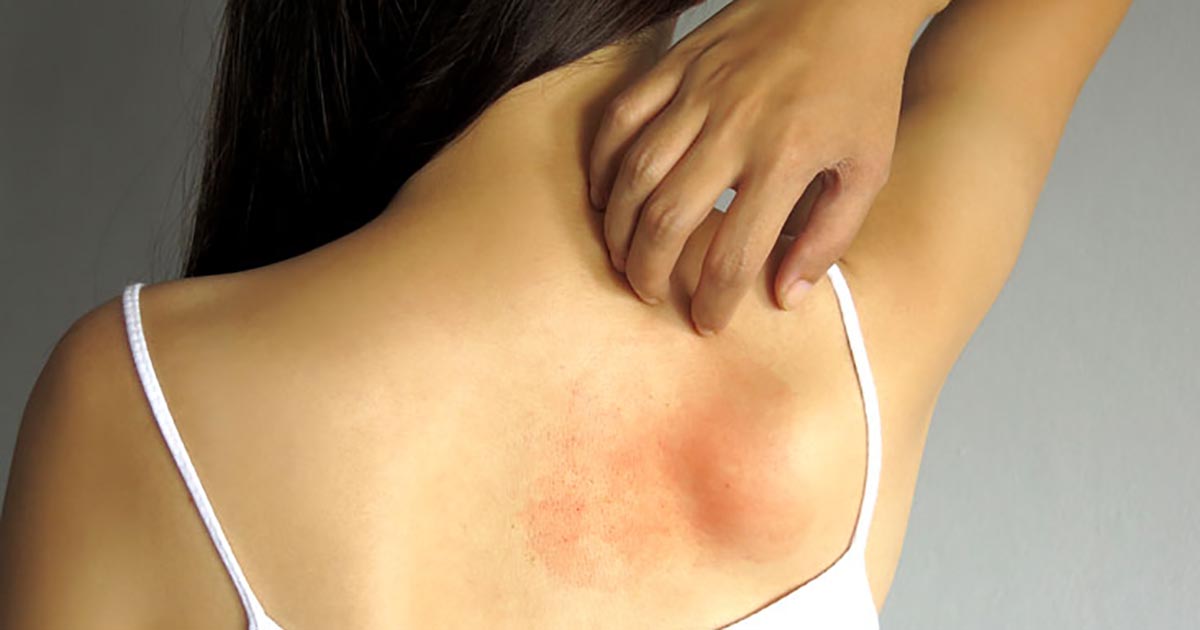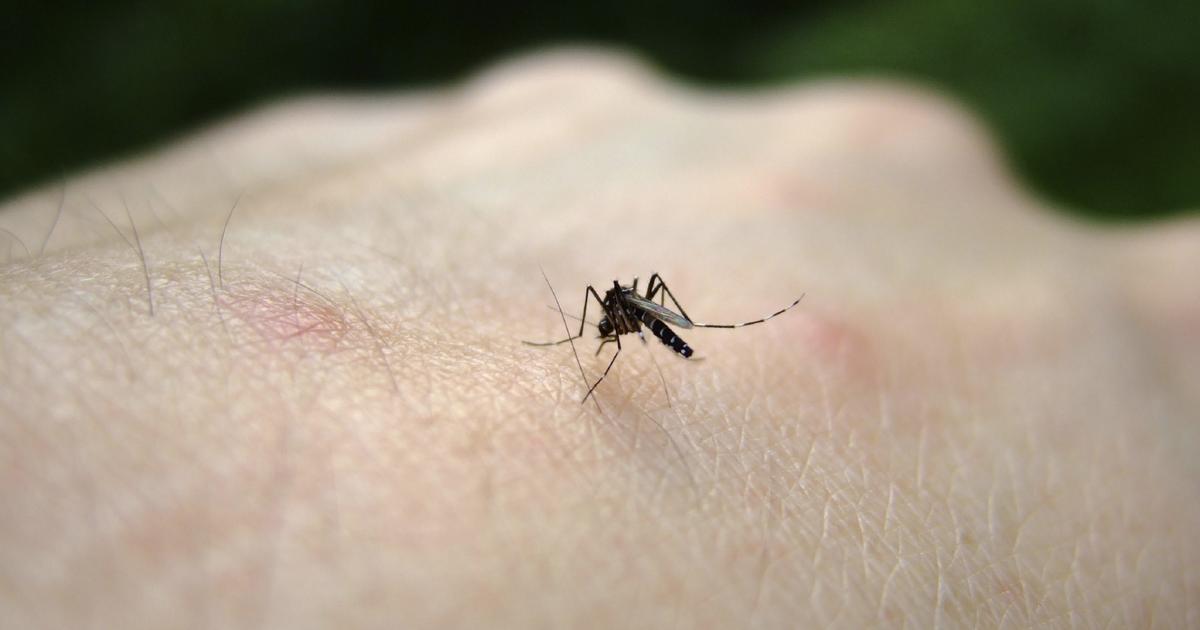Warning Signs Of Morgellons Disease
Morgellons disease is an exceptionally rare disorder characterized by the apparent presence of fibers embedded in, underneath, and protruding from either slow-healing sores or completely unbroken skin. It’s not uncommon for individuals who suffer from this rare condition to experience a variety of nagging issues, including sensations of biting, crawling, or stinging in and on their skin. These symptoms are both bothersome and at times painful for the patient and can end up impacting their daily life, thus reducing the quality of their life. Not only is this condition rare, but it is also controversial, and not yet fully understood. Due to the lack of understanding surrounding Morgellons disease, patients and doctors commonly feel confused, and patients are often left anxious and depressed.
Intense Itching

One of the main signs of Morgellons disease is an intense itching sensation. Intense itching is often brought about as a result of a rash, skin lesion, blister, redness, or bumps though in this case none of these may present themselves. It’s common for the areas of the skin that experience the most itching to be dry and when the patient continues to itch the area, the skin may begin to tear as a result. Sometimes, this itching can become delocalized and spread throughout the whole body, which can make diagnosis difficult, at this may be mistaken for more common medical conditions, such as liver disease. In such situations, the skin may appear at first normal from the outside. If for no explained reason, individuals begin to notice intense sensations of itching, it may be worth bringing this up with their doctor. Though Morgellons disease is exceptionally rare, it is a possibility.
Crawling Sensations On Or Under Skin

Another telling sign of Morgellons disease is crawling sensations on or under the skin. This sign is also known as formication, and is characterized by a feeling reminiscent of bugs crawling underneath or across the skin. The name formication comes from the word 'formica,' which is Latin for ant. The itching or crawling sensation is known as a sort of paresthesia. Paresthesia comes about as a result of feelings on or in the skin that occur without any actual physical cause. Aside from the feeling of something crawling on or under the skin, paresthesia can take a variety of other forms. Some other forms of paresthesia include tingling, burning, or numbness. This strange crawling sensation under or on the skin may also be similar to the feeling of 'pins and needles' patients can feel when their leg falls asleep. Formication is also referred to as a tactile hallucination, so called because individuals are experiencing a feeling with no apparent physical cause.
